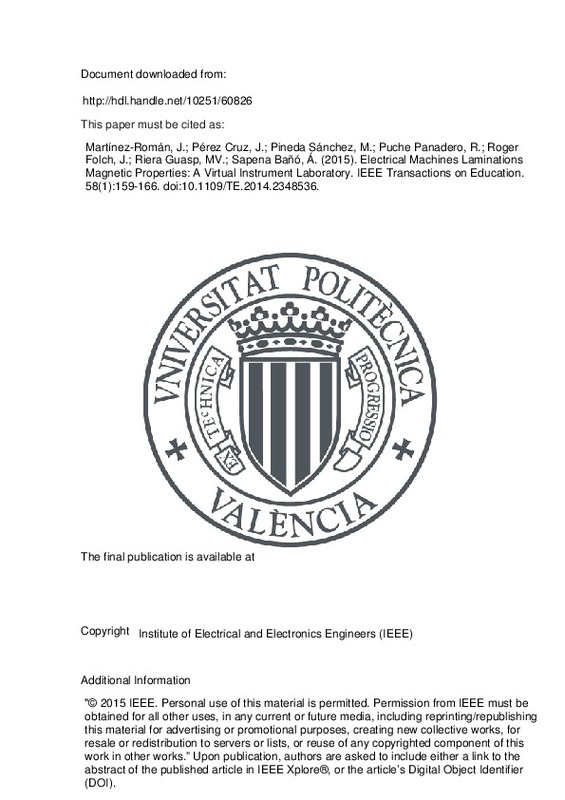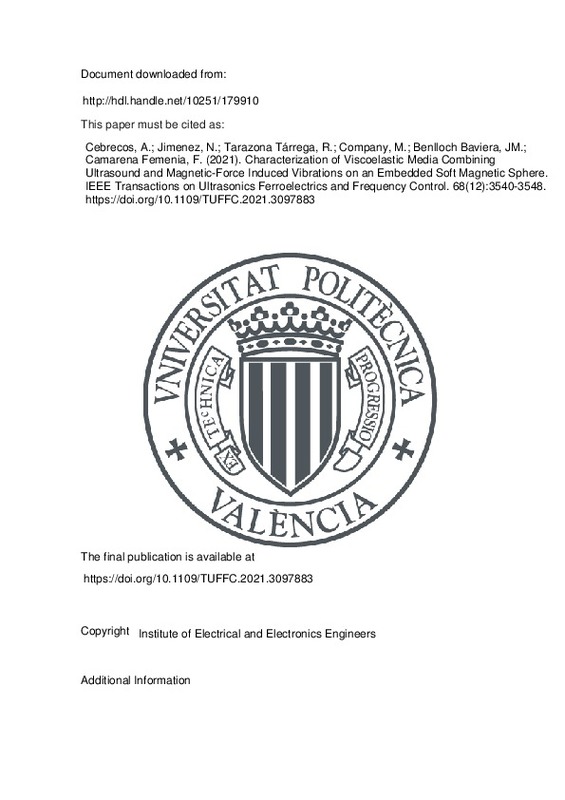JavaScript is disabled for your browser. Some features of this site may not work without it.
Buscar en RiuNet
Listar
Mi cuenta
Estadísticas
Ayuda RiuNet
Admin. UPV
Electrical Machines Laminations Magnetic Properties: A Virtual Instrument Laboratory
Mostrar el registro completo del ítem
Martínez-Román, J.; Pérez Cruz, J.; Pineda Sánchez, M.; Puche Panadero, R.; Roger Folch, J.; Riera Guasp, MV.; Sapena Bañó, Á. (2015). Electrical Machines Laminations Magnetic Properties: A Virtual Instrument Laboratory. IEEE Transactions on Education. 58(1):159-166. doi:10.1109/TE.2014.2348536
Por favor, use este identificador para citar o enlazar este ítem: http://hdl.handle.net/10251/60826
Ficheros en el ítem
Metadatos del ítem
| Título: | Electrical Machines Laminations Magnetic Properties: A Virtual Instrument Laboratory | |
| Autor: | Roger Folch, José | |
| Entidad UPV: |
|
|
| Fecha difusión: |
|
|
| Resumen: |
Undergraduate courses in electrical machines often include an introduction to their magnetic circuits and to the various magnetic materials used in their construction and their properties. The students must learn to be ...[+]
|
|
| Palabras clave: |
|
|
| Derechos de uso: | Reserva de todos los derechos | |
| Fuente: |
|
|
| DOI: |
|
|
| Editorial: |
|
|
| Descripción: |
|
|
| Tipo: |
|







![[Cerrado]](/themes/UPV/images/candado.png)




